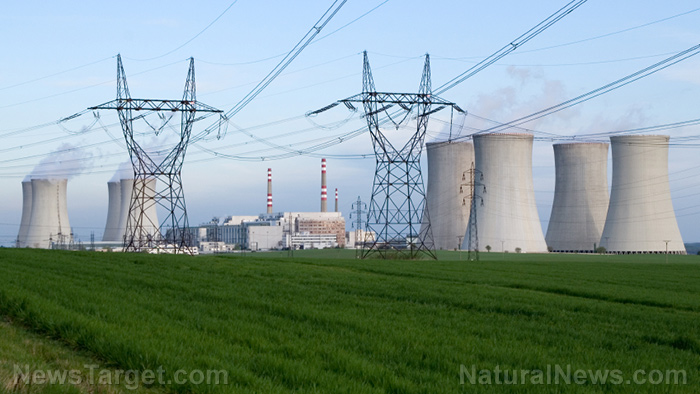Dangers from future technologies? It’s the current ones that are killing us
04/25/2023 / By News Editors

Certainly, there a plenty of horror stories about possible disasters awaiting us from emerging technologies. I’ve written about two of them: 1) the possibility of small cheap, AI-guided drones used to commit mass slaughter (or targeted assassinations) and 2) lethal synthetic viruses for warfare or released by an apocalyptic cult trying to bring the apocalypse forward on the calendar. More recently, some have predicted that advances in artificial intelligence will ultimately lead to the destruction of humanity.
(Article by Kurt Cobb republished from ResourceInsights.Blogspot.com)
As bad as these sound, it’s possible that doomscrolling our way through the breathless coverage of dangerous new technologies is distracting us from what is already happening right in front of us: Existing technologies are already pushing humans quickly down the path to extinction (along with many plants and animals). Pretending that dangers to the survival of the human species come ONLY from the future is a perilous diversion.
In fact, the combination of climate change; the increasingly toxic pollution of the soil, water and air; depletion of arable soil, water, energy and critical metals; galloping development of wild and farm lands; and second order effects such as habitat and biodiversity loss, acidification of the oceans and dramatic loss of Greenland’s ice that may lead to a breakdown in the Gulf Stream ocean current that keeps much of Europe temperate—all this has gathered so much momentum that, frankly, we don’t need any help from the future to kill ourselves as a species. (Oh, I almost forgot; we could obliterate ourselves with a nuclear winter without any new nuclear technology or warheads needed.)
It turns out that we may be doing such a good job of threatening our species already that the emerging technologies we fear most will never get a chance to fully emerge. In the not-too-distant future, we humans may already be gone or our societies so degraded that launching a second apocalypse with the help of new technologies will be a practical impossibility. We won’t have the functioning infrastructure to do it!
And, that is basically the key to the lethality of most emerging technologies: connectivity. If communities become so isolated that inhabitants cannot travel to distant places harboring designer virus outbreaks, humanity will paradoxically be saved from extinction because of the loss of technology and any attendant mobility. Contemplate that for moment!
As for artificial intelligence, well, it needs a vast infrastructure of connected information sources to be effective. When I asked friends recently why we can’t literally just pull the plug on AI if it becomes dangerous, they had many explanations. But, perhaps the most telling one was that we have become so networked across the globe and AI will be so distributed, that we’d effectively have to pull the plug on ourselves—and we are not willing to do that even if not pulling the plug ultimately leads to our destruction.
Of course, the public has been told again and again that emerging technologies will bring abundance for all, solve climate change, get rid of pollution, cure most diseases, produce so much energy we’ll never have to think about the cost, and actually help regenerate the soil and the forests while increasing biodiversity.
I don’t know what they’ve been waiting for, but the tech overlords who’ve sold us this story had better get busy right now. There isn’t much time left for them to build out their “solutions.”
Read more at: ResourceInsights.Blogspot.com
Submit a correction >>
Tagged Under:
AI, apocalypse, artificial intelligence, Collapse, computing, cyber war, cyborg, Dangerous, Ecology, environment, extinction, future science, future tech, Glitch, information technology, innovations, inventions, population collapse, robotics, robots
This article may contain statements that reflect the opinion of the author
RECENT NEWS & ARTICLES
COPYRIGHT © 2017 ECOLOGY NEWS




















